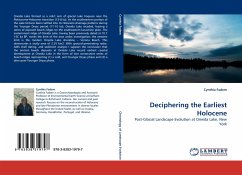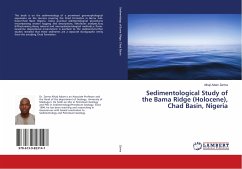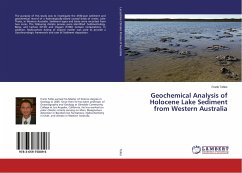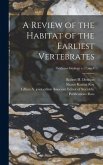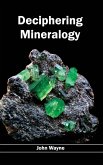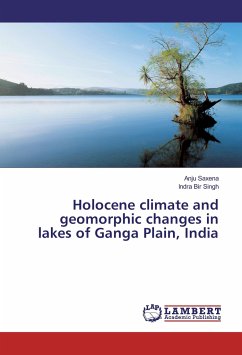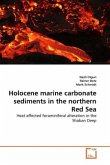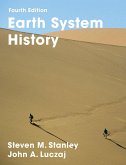Oneida Lake formed as a relict arm of glacial Lake Iroquois near the Pleistocene-Holocene transition (13-8 ka). As the southeastern portion of the Lake Ontario Basin settled into its Holocene drainage patterns during the Younger Dryas period (11-10 ka), Oneida Lake receded, leaving a series of exposed beach ridges on the southeastern lacustrine plain. The easternmost ridge of Oneida Lake, having been previously dated at 10.7 14C ka BP, marks the limit of the area under investigation; the western limit is the modern Oneida Lake shoreline Verona Beach. This demarcates a study area of 2.25 km2. With ground-penetrating radar, AMS shell dating, and sediment analysis I support the conclusion that the ancient beach deposits at Oneida Lake record earliest coastal development at Oneida Lake in the form of two consecutive series of beach-ridges representing (1) a cold, wet Younger Dryas phase and (2) a drier post-Younger Dryas phase.
Bitte wählen Sie Ihr Anliegen aus.
Rechnungen
Retourenschein anfordern
Bestellstatus
Storno

